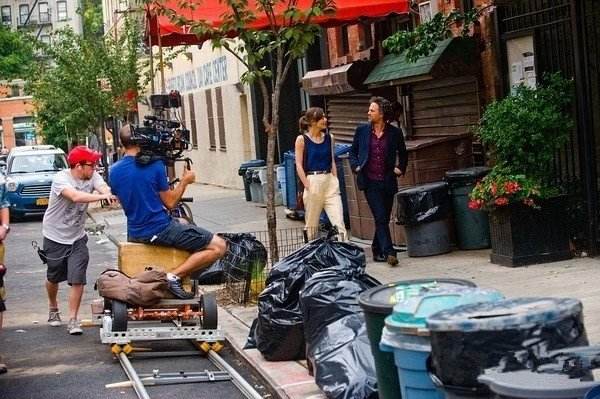Jiangmen film and television production: pre recording processing or post recording processing?
-- pre recording processing or post recording processing?
The debate over whether to process the sound signal before it is recorded or when it is mixed has never stopped. But here's an axiom. Remember that it's still very advantageous, "you can handle it at any time", whether using various agents or balancing. In a word, there are no very strict rules for dynamic processing.
Austerity and restraint are two treatments that are used much more. Many audio engineers like to record a very "hot" high-level signal to a multi track machine. The only way to do this is to add an compactor before recording. Similarly, when using a digital recorder, people like to use a restrictor to restrict the peak value of the signal, so as to avoid recording crackling sound on the digital multi track machine.
The focus of the debate is that some people think that after using the function processor in the recording line during the live performance, they will feel very uncomfortable. It is better to directly use an unprocessed signal and process it in the follow-up operation. Others oppose the idea that the signal should reach the recorder in a short way when recording, that is, the idea that the recording line should participate or not participate in the actuator as little as possible.

Put forward a very good suggestion for us“ In practice, no two recordings are processed exactly the same. That is to say, everything depends on the actual situation. If you think that the current dynamic scale of the signal is too large for future mixing, compress it and record it on the multi track machine. " Therefore, people who simply say that the sound is compressed before recording seem to have come to the side of things. Usually, we can use appropriate processing before recording the signal to the tape, that is, we should not only ensure that the track is not distorted, but also leave enough room for future mixing“ Just don't find your pre recording processing too much when mixing. "
You also need to estimate how many dynamic processors are needed in the mix. If you only need a stereo constrictor or a single channel expander, you may have to slightly process the signal when you record, so that you can apply the limited equipment to a certain track to be processed during mixing. On the other hand, the problem of noise gate is another scene, which will be introduced in detail later.
No matter when you dynamically process the signal, one thing is the same, that is, when you participate in an action, you should immediately monitor the track to see what changes have been made. This means that if you have processed the signal during recording, but still want to deepen the action during mixing, you should connect another action device and open and close the action device at any time to compare the results in the two cases.
Article source: Jiangmen film and television production http://m.singaporeferragamo.com
-
06-28
Jiangmen film and television production: what are the details of enterprise promotional film shooting?
According to the characteristics of the enterprise, the photography viewpoint of the promotional film is formulated. When taking photos, the expression meaning of the photography viewpoint is differen
-
01-27
The theme of the production of promotional films is not clear
With the rapid development of computer technology, the design and production of all kinds of promotional films has also become a very important industry in modern society. As for the production of pro
-
11-28
Film and television shooting should learn to use scene differentiation
The film seems mysterious, but it has a lot of basic knowledge. Scene classification is one of them. If we ordinary people want to take pictures with a sense of story, we can first understand the conc
-
11-10
What are the skills of lens use in Jiangmen film and television production?
In film and television production, especially in the early video photography, we need to have a good understanding of the reflection skills of the lens, and we should be familiar with what kind of len